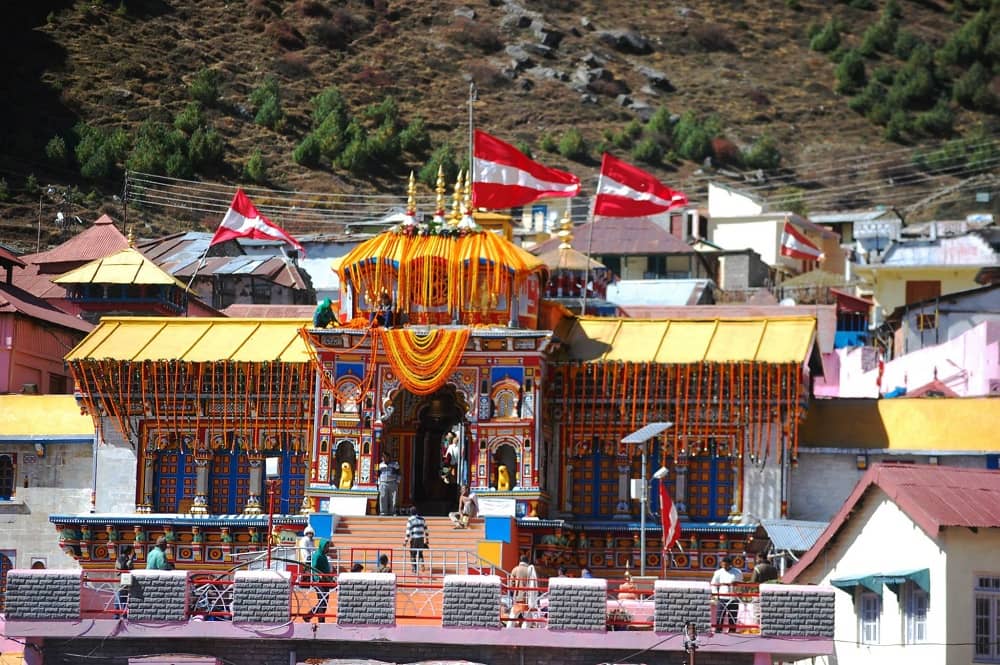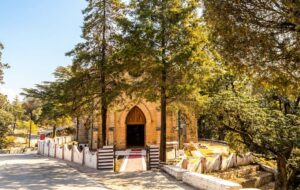Discover Best Time to Visit Badrinath: Unveiling the Mystique
Badrinath is a revered pilgrimage site and a destination of great religious importance for Hindus. It is home to the renowned Badrinath Temple, dedicated to Lord Vishnu, attracting thousands of devotees every year. To make the most of your visit to Badrinath, it is crucial to consider the best time to plan your journey.
Best Time to Visit Badrinath
In this informative blog post, we will delve into the different seasons and factors that can help you determine the best time to visit Badrinath.
Summer Season (May to June):
The summer season in Badrinath lasts from May to June. During this time, the region experiences pleasant weather, with temperatures ranging from 7°C to 18°C (45°F to 64°F). The snow begins to melt, revealing captivating landscapes and vibrant flora.
This is the peak season for pilgrimages, and the temple sees a significant influx of devotees. The surrounding areas are accessible, and various religious festivals are celebrated with great fervor. However, do keep in mind that it can get crowded during this time, so early planning and accommodation bookings are advisable.

Monsoon Season (July to September):
The monsoon season in Badrinath spans from July to September. This period witnessed moderate to heavy rainfall, which can lead to occasional roadblocks and landslides in the region. The temperatures range from 8°C to 15°C (46°F to 59°F).
Despite the challenges posed by the weather, visiting Badrinath during the monsoon offers a unique experience for those seeking tranquility and the sight of rain-washed landscapes. It is essential to stay updated on the weather conditions and road accessibility before planning your trip during this season.
Autumn Season (October to November):
Autumn, from October to November, is another favorable time to visit Badrinath. The weather remains pleasant, with temperatures ranging from 4°C to 13°C (39°F to 55°F). The monsoon recedes, leaving behind a pristine environment and picturesque surroundings.
The autumn foliage adds a touch of charm to the landscape, creating a visual spectacle for visitors. This season witnesses fewer crowds compared to summer, offering a more serene and peaceful atmosphere for spiritual seekers.

Winter Season (December to April):
The winter season in Badrinath lasts from December to April. During this time, the region experiences cold and snowy weather, with temperatures dropping below freezing point. The Badrinath Temple remains closed for six months due to the harsh weather conditions.
However, if you are an adventure enthusiast and have the necessary skills and equipment, you can embark on the thrilling winter drive to Badrinath. The snow-covered vistas and the silence of the mountains make this an extraordinary experience for trekkers seeking an adrenaline rush and a connection with nature.
Conclusion:
Badrinath offers a unique blend of spirituality, natural beauty, and adventure throughout the year. The best time to visit depends on your preferences and the type of experience you seek. The summer season attracts a large number of devotees, while the monsoon season offers a quieter ambiance for those who enjoy the serenity of rain-washed landscapes.
Autumn provides a pleasant retreat with breathtaking foliage, and winter presents a challenging yet rewarding opportunity for adventure seekers.
Best Time to Visit Badrinath Best Time to Visit Badrinath Best Time to Visit Badrinath












